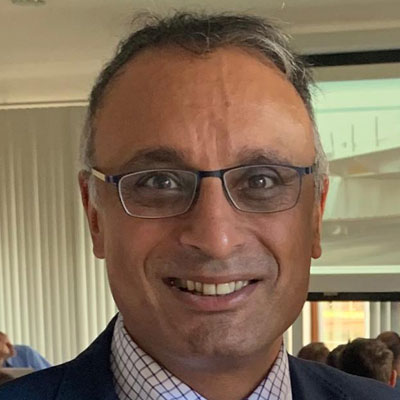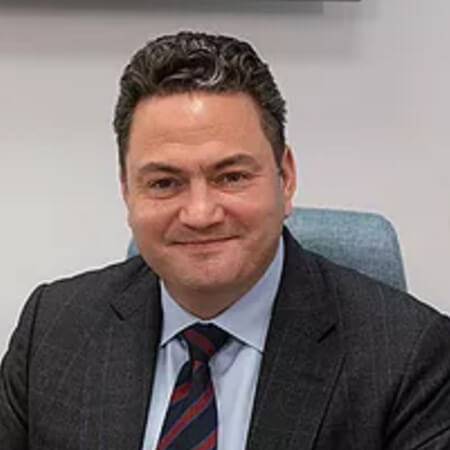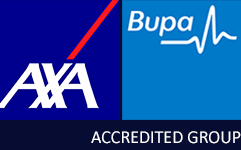Knee Arthroscopy (Key-Hole Surgery)
The aim of arthroscopic surgery is to correct mechanical problems within your knee joint. The surgeon is able to confirm the nature of the injury and remove or repair the damaged part whilst causing minimal disruption to the knee joint.
Once the structures in your joint have become damaged failure to correct the damage may result in further deterioration of your knee.
In some cases surgery will not be able to reverse the damage which has already occurred. In the majority of cases your recovery will be dictated by the degree of damage and how well you can rehabilitate your knee.
Torn Meniscus / Cartilage
A meniscal tear may be the result of a twist – a typical injury for someone like a netballer or footballer or from repeated squatting. These tears may cause pain, swelling and a catching or locking sensation. Early treatment can mean less damage to your joint. During meniscal surgery the surgeon may repair or remove the torn unstable piece of cartilage (meniscus) (partial meniscectomy) leaving as much of a stable rim of meniscus behind as possible. If a repair is required during surgery you may need to wear a brace post-operatively.
Articular Cartilage Damage
When the smooth articular cartilage which covers the bone surface is severe and due to wear and degeneration, it becomes irregular, fissured and may fall off revealing the underlying bone. If this happens the underlying bones can rub together, producing the pain typical of ARTHRITIS. Severe arthritis can interfere with activities of daily living and limits lifestyle. If arthritis is causing your problem, an arthroscopy will not benefit you as surgery will not be able to reverse the damage which has already occurred.
If the smooth articular cartilage is damaged in an injury and is severe (all the way down to bone) but only in a small focal area (<2cm) of the knee, the bare bone can be drilled or pinned to allow bleeding and thus allow new cartilage type material to fill in any defects left. This technique is called Microfracture. Post-operatively you will need to wear a brace and may be partial or non-weight bearing as instructed by your surgeon.
Chondroplasty: A procedure which smoothes over loose damaged articular cartilage flaps from the surface of the bone.
Removal of loose bodies: Torn flaps of articular cartilage can become detached and calcify with time leading to loose bodies within the knee. They can also be formed by some conditions causing inflammation of the lining of the knee (the Synovium). Loose bodies can cause jamming or locking of the knee. Sometimes extra portals or key-holes are required to help remove these.
Ruptured (torn) Anterior Cruciate Ligament (ACL)
When the ACL is torn, the knee has a tendency to slip, buckle or give way leading to knee instability. Patients may lose confidence in their knee. Some will have instability during simple daily activities like climbing steps and turning suddenly.
ACL injured knees have an increased incidence of both articular cartilage injury and meniscal tears over time. The treatment of an ACL injury is individualised based on many factors including severity of instability, activity level, and associated injuries.
Treatment approach ranges from simple strengthening exercises, arthroscopic surgery to address any cartilage damage or reconstruction of the ACL to provide stability.
The Procedure: Knee Arthroscopy (Key-Hole Surgery)
What is involved in having arthroscopic surgery? In most cases arthroscopic surgery is performed as a day case under general anaesthetic. Arthroscopy is used to look inside the knee joint with a small camera. The knee joint is filled with fluid to allow the camera to be moved through the joint causing minimal disruption to the knee joint. The camera is inserted through a small ‘key-hole’ incision, less than 1 cm long, near the knee cap. One or two further small ‘key-hole’ incisions are made to insert the small instruments to carry out any surgical procedure. The surgeon is able to confirm the nature of the injury and remove or repair the damaged part.
Complications
These are rare but include infection, deep vein thrombosis (DVT – a blood clot in the leg) and extremely rarely death. Other complications include numbness around the scars, bleeding, residual pain and stiffness. Arthroscopic surgery is generally used to correct mechanical problems within the knee. If osteoarthritis is causing your problem, an arthroscopy will not be of benefit as surgery will not be able to reverse the damage that has already occurred.
ADDITIONAL INFORMATION
Our Orthopaedic Knee Surgeons





